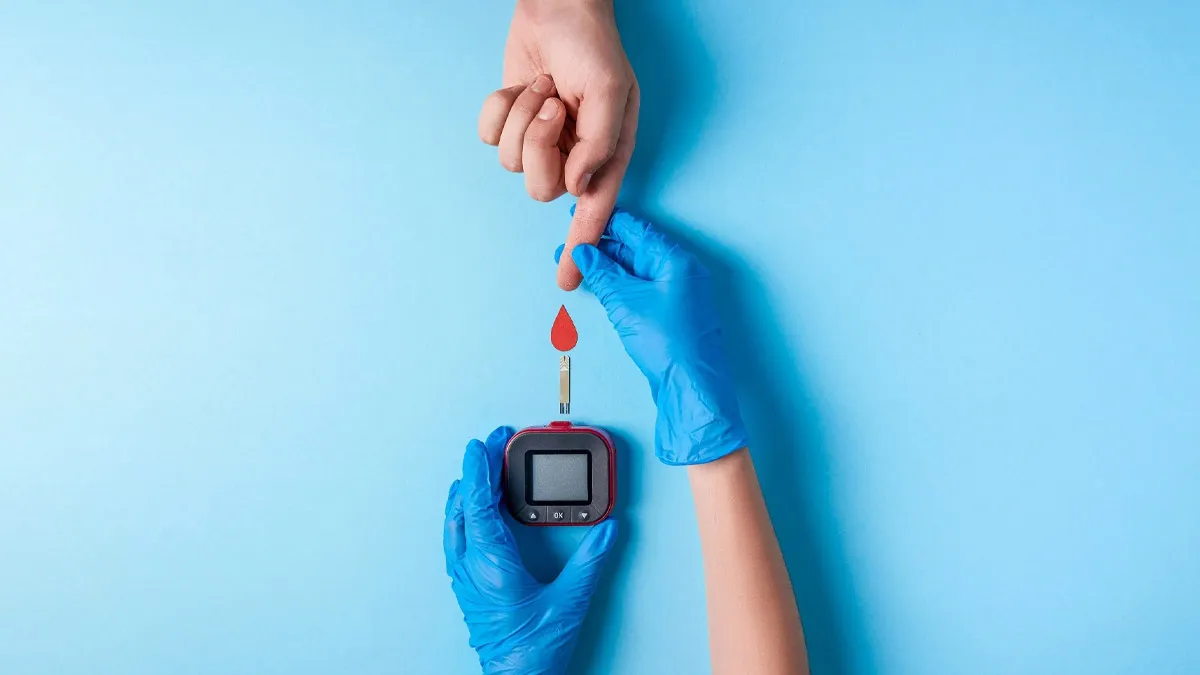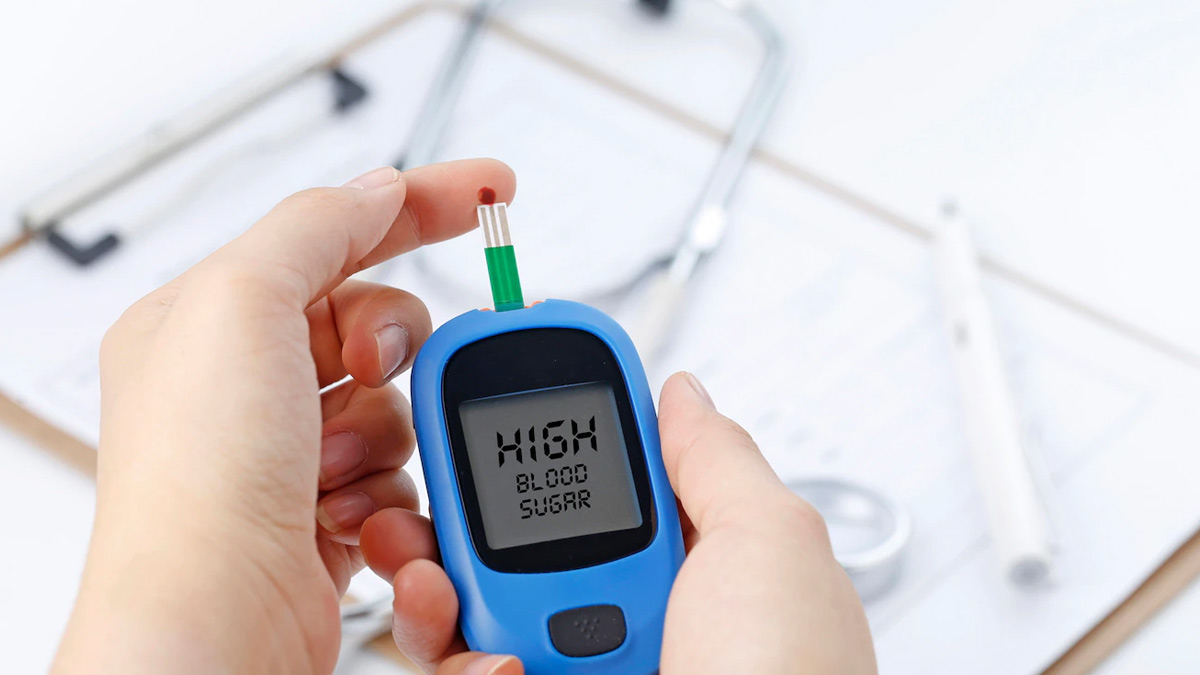
Vitamin D is very important for health in general, including the maintenance of strong bones, support of immune function, and regulation of insulin levels. However, studies show that Vitamin D deficiency is alarmingly common among diabetics, especially those with Type 2 diabetes. This deficiency may even lead to insulin resistance, inflammation, and a higher risk of complications like cardiovascular disease. Therefore, understanding the link between Vitamin D and diabetes and learning how to optimise intake is an important step in managing the condition effectively.
Table of Content:-
In an exclusive interaction with the editorial team of Onlymyhealth, Dr Shrey Kumar Srivastav, Senior Consultant and General Physician, Sharda Hospital - Noida, explained everything you need to know. Here is what he shared with us.
Link Between Vitamin D and Diabetes
Vitamin D plays a role in glucose metabolism, making cells more responsive to insulin and lowering the levels of inflammation. The researchers found that low levels of Vitamin D have been linked with increased susceptibility to Type 2 diabetes. Also, individuals suffering from diabetes with a Vitamin D deficiency can face difficulty controlling their blood sugar, causing their HbA1c to increase.

Also Read: Understanding The Role Of Continuous Glucose Monitors In Diabetes Management
Vitamin D Deficiency Symptoms
Since Vitamin D deficiency is often asymptomatic, it is important to know the common symptoms. Highlighting these Dr Srivastav included:
- Fatigue and weakness
- Muscle and joint pain
- Frequent infections
- Depression or mood swings
- Slow wound healing
“If you experience any of these symptoms, it may be worth discussing with your healthcare provider whether you need to check your Vitamin D levels,” Dr Srivastav suggested.
How to Increase Vitamin D Intake
Boosting Vitamin D can significantly raise the level and improve general well-being and diabetes management. The following are various effective ways of increasing intake:

1. Have more sunlight
First things first, the most natural method of increasing Vitamin D levels is through sun exposure. Spending 15-30 minutes in the sun daily, especially in the morning or late afternoon, is enough for your body to synthesise sufficient levels. However, this can vary with skin tone, geographic location, and even sunscreen use but mostly this will do the trick.
Also Read: What Happens To The Body Of People With Diabetes Who Skip Breakfast?
2. Eat Vitamin D-rich foods
Include foods high in Vitamin D in your diet, such as:
- Fatty fish (salmon, mackerel, tuna)
- Egg yolks
- Fortified dairy products (milk, yoghurt, cheese)
- Fortified plant-based alternatives (soy, almond, and oat milk)
- Mushrooms exposed to sunlight
3. Take Vitamin D Supplements
If the amount of Vitamin D from diet and sun exposure is not enough, a supplement may be required. According to experts, due to our geographical limitations, most Indians have a vitamin D deficit. The amount of Vitamin D needed daily varies with age, health status, and other factors, so it is best to consult a healthcare professional to determine the appropriate dose.
4. Monitor Your Levels
Regular blood tests can monitor your Vitamin D levels and advise necessary adjustments in diet or supplementation. Regular check-ups with your doctor are crucial for managing diabetes effectively and preventing complications.
Bottomline
Vitamin D deficiency is prevalent among diabetics and has serious health implications. However, with increased sun exposure, consuming vitamin D-rich foods, and supplements when required, and choosing a healthy lifestyle, diabetics can optimise their vitamin D levels and support better blood sugar management. Vitamin D intake is one of the easiest yet powerful steps toward improved health and well-being, and this is your sign to start taking it seriously today.
Also watch this video
How we keep this article up to date:
We work with experts and keep a close eye on the latest in health and wellness. Whenever there is a new research or helpful information, we update our articles with accurate and useful advice.
Current Version